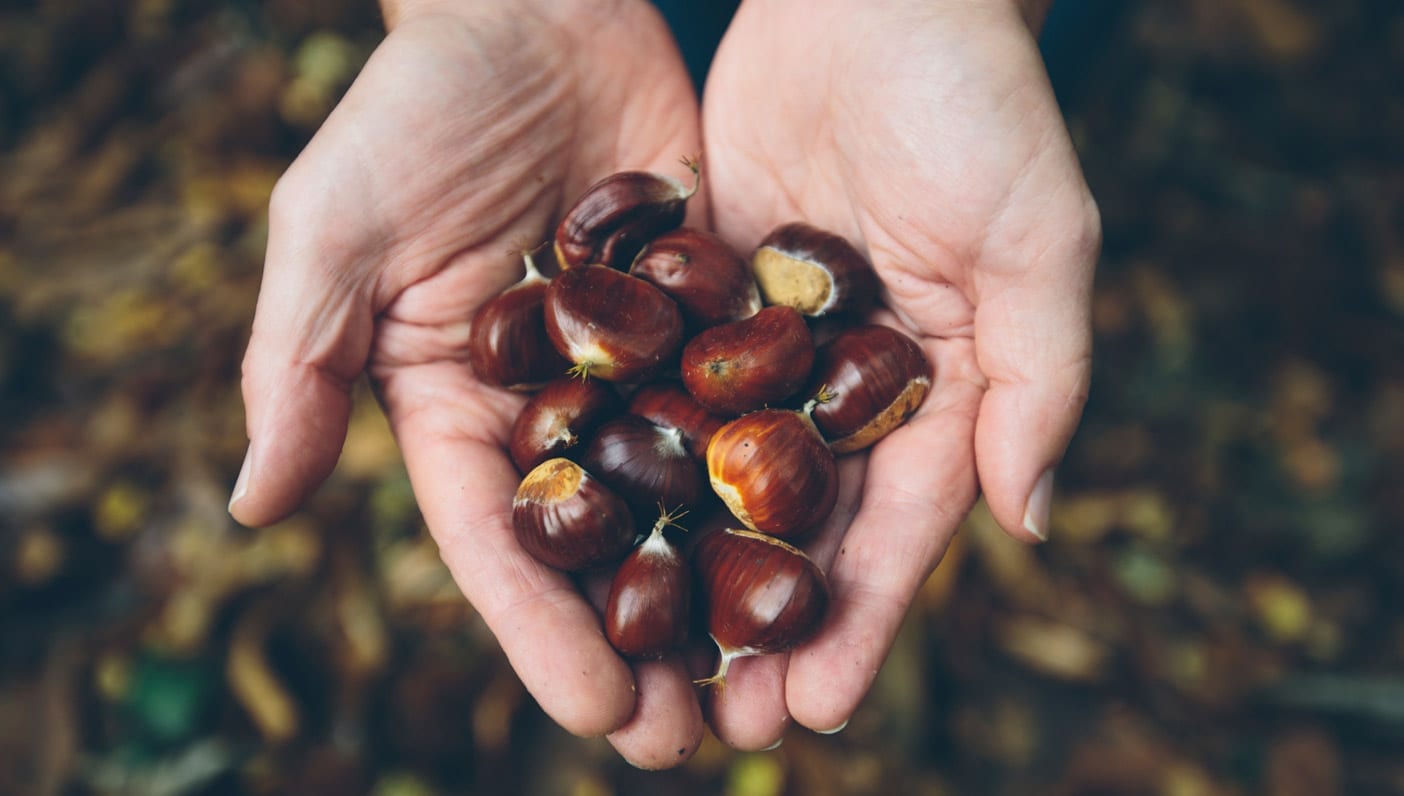
Outside of my window there is a lemon tree. I’m not sure to whom it belongs; I live on a street of miniature apartment complexes on the quieter side of Los Angeles, and most of the plants are public domain. Our little neighborhood often reminds me of Jurassic Park; bursting with all sorts of vibrant foliage and fauna I am unable to identify. Despite the natural playground that surrounds us, I’ve never considered utilizing Mother Earth for such a practical reason. After all, I need to eat, and the lemon tree is right there!
Foraging is defined as the act of searching widely for food or provisions. This is great news for hungry penny-pinchers like myself who obtain most of their free lunches from the Trader Joe’s sample station. Foraging introduces a whole new world of free and edible goodies, from mushrooms to pecans to razor clams. Especially popular these days are fruit trees, and many groups have dedicated themselves to the exploration and cultivation of outdoor goodies.
You may think it’s dangerous to wander out into the wilderness and start plucking berries off the tree, and you wouldn’t be wrong. Foraging requires research and meticulous attention to detail. But the rewards can be well worth the effort. Finding nourishment straight from the source not only provides a thrifty meal, but it also creates an intimate sense of connection with the surrounding earth.
There are various groups dedicating themselves to foraging, especially pertaining to fruit harvesting. The groups were originally organized in areas known for their surplus of fruit trees (specifically, California), but are now popping up all over the world. It’s no surprise; foraging has been one of the number one ways for finding food for centuries.
Natalie Flores, local Los Angeles forager and president of Venice Beach’s Sunshine Partnerships, has been maintaining a tight relationship with the natural world since she was 19 years old. At the time she was going through massage school and learning about the variety of ways that plants could be used for healing purposes. Now she proudly utilizes the earth for all sorts of things: medicine, shelter, and nourishment.
“I forage because I know that nature is abundant. I see fruit trees in alleyways, and food just sitting on the ground, rotting, when someone can eat that and share it with their community,” Natalie says. “What I love most about this hobby is knowing that I’m capable of surviving directly off the earth. I’ve formed a symbiotic relationship directly to what grows.”
Some of Natalie’s favorite foraged foods include avocados, pomegranates, grapefruits, apples, passion fruits, and nasturtiums. Also popular provisions include fennel fronds, various herbs, and honey. Like all plants, foraged goods have their own regions and seasons, and most of what you’ll be able to find out in the wild will depend on your location. Don’t let this deter you; foods can be foraged in various locations throughout the United States.
For first time foragers, Natalie suggests exploring with a bike, taking a tour around your environment to observe and smell the natural habitat. As we learn about the earth, we can better distinguish what is seasonal and what thrives. If you’re unfamiliar with the food, don’t eat it. Research your findings, or ask more experienced foragers for help identifying the good from the bad. If you are able to identify a fruit, make sure to wash it, and stay away from anything that looks diseased. If there are a bunch of animals chowing down, (crows, squirrels, or birds), that’s a good sign.
One of the most beautiful things about foraging is the intense connection it stimulates between human and nature. It’s arguable that this relationship is suffering, and by gathering our own nourishment, we’re able to reclaim a personal connection the natural world. What could be sweeter?
For more information on foraging and urban-harvesting, visit the links below.
Serious Green: How to Get Free Fruit via Urban Fruit Harvesting
Best Food Foraging Spots
Photo via iStock
—
 Amanda Kohr is a 24-year-old writer and photographer with a penchant for yoga, food, and travel. She prefers to bathe in the moonlight rather than the sun, and enjoys living in a state of the three C’s: cozy, creative, and curious. When she’s not writing, you can find her driving her VW Bug, looking for the next roadside attraction or family diner. She also roams the internet via her blog at cozycaravan.com.
Amanda Kohr is a 24-year-old writer and photographer with a penchant for yoga, food, and travel. She prefers to bathe in the moonlight rather than the sun, and enjoys living in a state of the three C’s: cozy, creative, and curious. When she’s not writing, you can find her driving her VW Bug, looking for the next roadside attraction or family diner. She also roams the internet via her blog at cozycaravan.com.